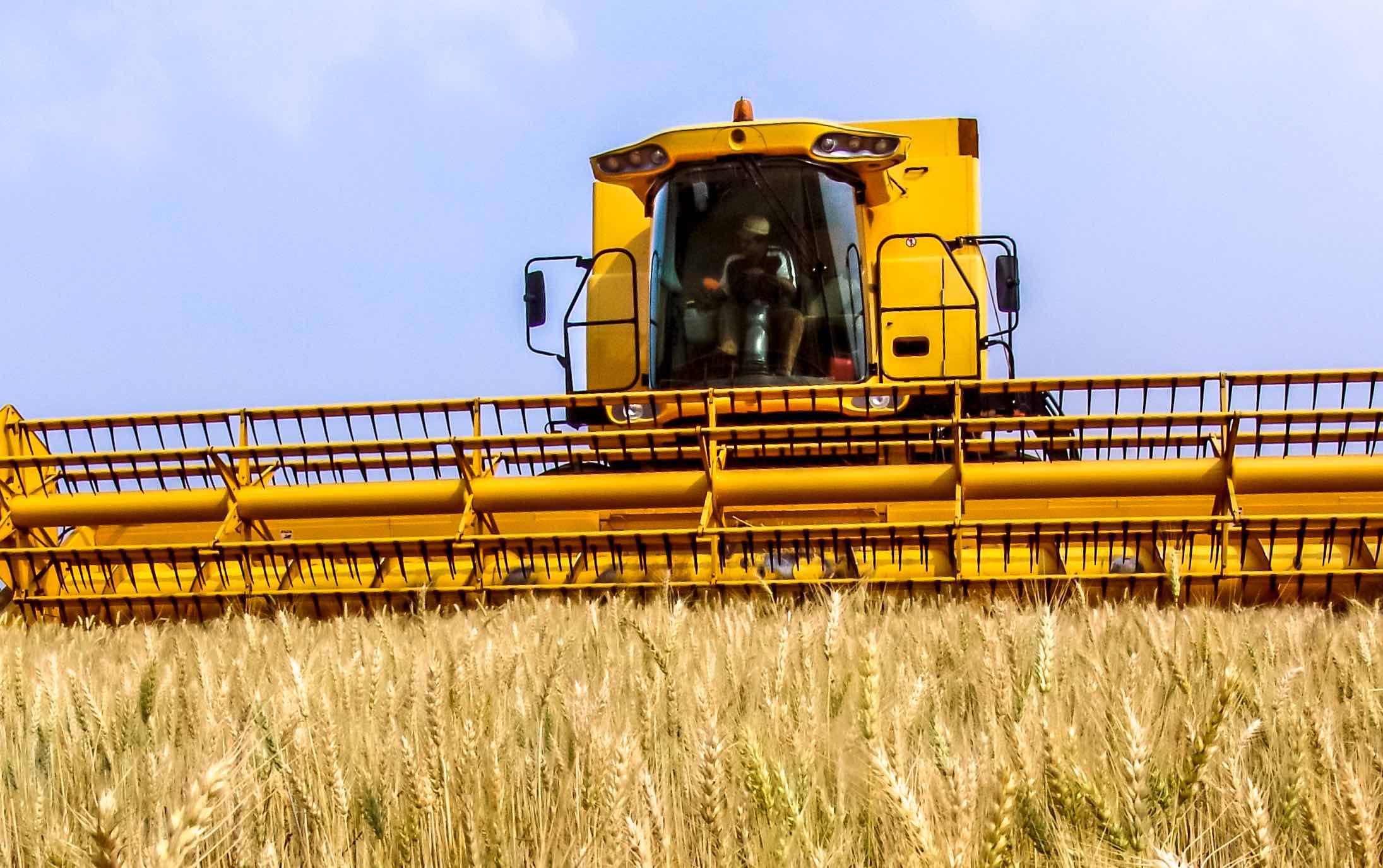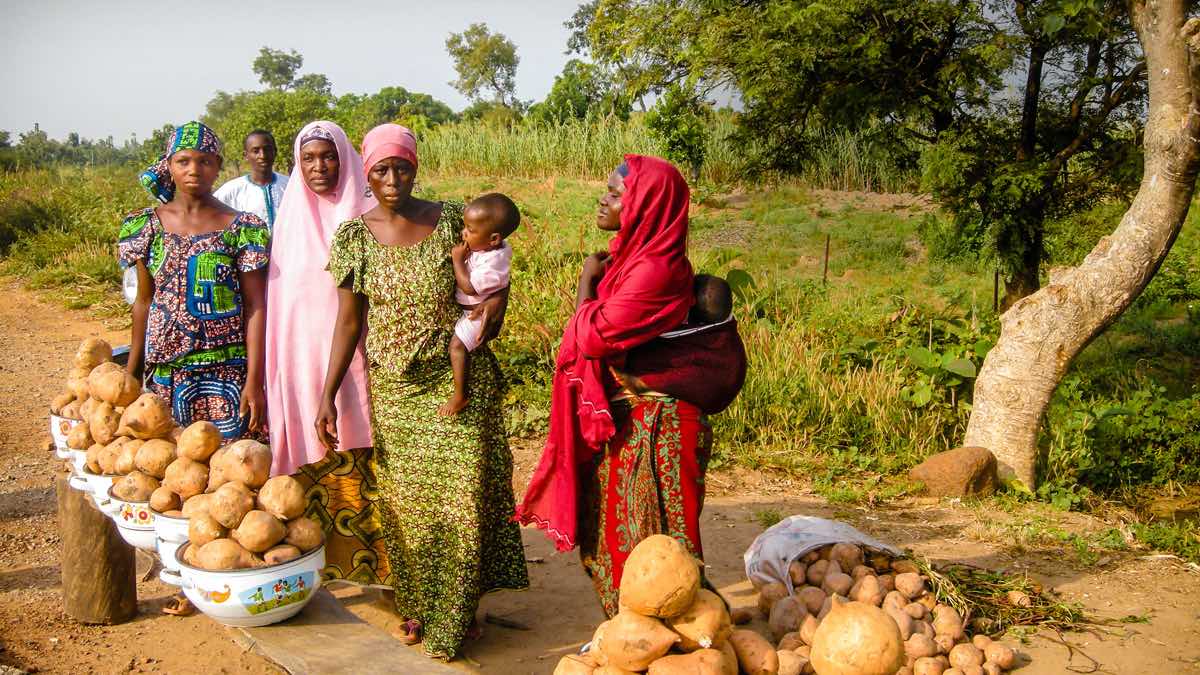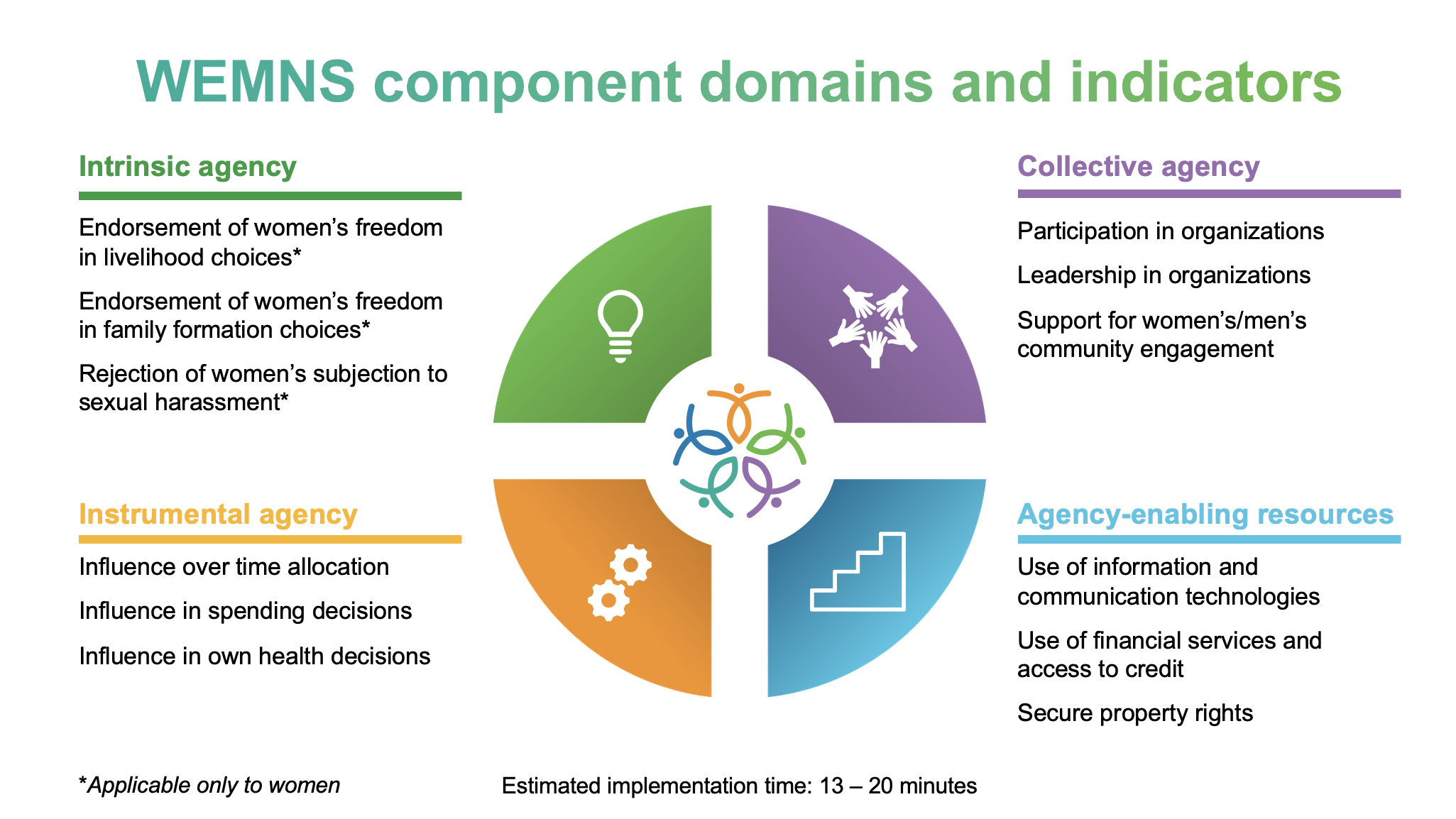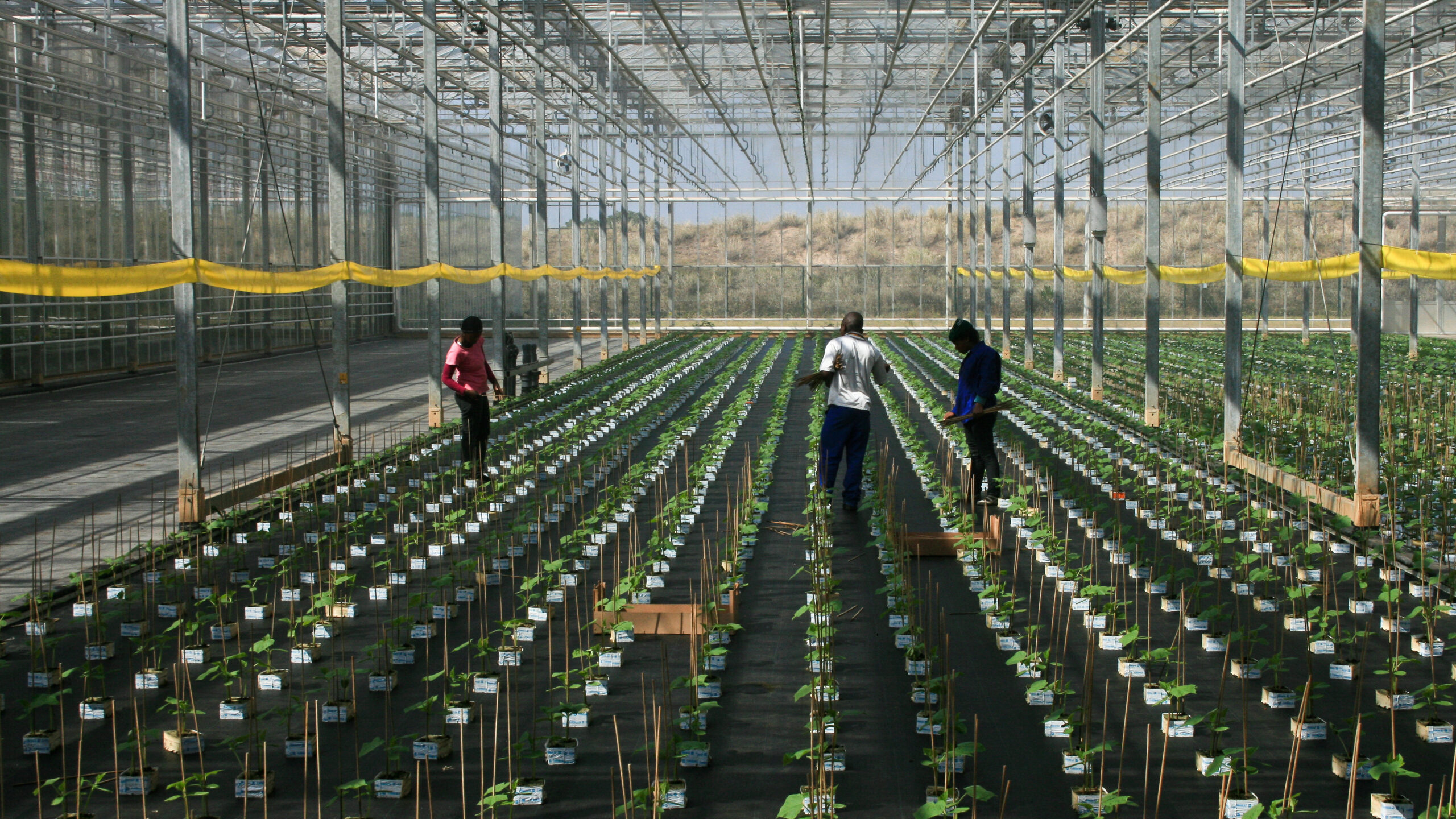This post first appeared on the Brookings Institution Future Development blog.
Agricultural support policies provide over $800 billion per year in transfers worldwide. Such policies encompass a broad range of government instruments to support the agriculture sector, which are typically funded from taxpayers and consumers. These include “coupled” subsidies intended to incentivize producers to expand output, “decoupled subsidies” that avoid shifting production incentives, and market-price support measures such as tariff and non-tariff barriers. Many of these policies have facilitated hunger and poverty reduction, but they also have fostered agricultural production systems that threaten environmental sustainability through increased greenhouse gas emission and land use expansion. In addition, by lowering the cost of cereals, they have biased consumption patterns towards calorie-rich and micronutrient-poor diets. Analysis based on global modeling (see figure 1 below) suggests that if governments repurposed a portion of their agricultural support as investments in green innovations and rural infrastructure, there would be concurrent improvements in emission reduction, land use change, farm productivity, poverty levels, and nutrition outcomes.
Yet, given all these potential benefits, why is it so difficult for governments to reform these policies? In short, politics. Achieving these gains from repurposing is only possible through internationally coordinated action, but attaining that action also involves overcoming domestic resistance. Outcomes that will be socially optimal for the planet in the longer-term require policy shifts that may face considerable resistance in the short-term, especially if certain groups—from farmers to politicians to private industry—perceive that they may lose out or face considerable adjustment costs. In a new research paper, we examine some of the political economy challenges of repurposing agriculture support, highlight their role in the reform processes of several case studies, and offer general guidelines for consideration by governments and development actors pursuing a reform agenda.
In particular, we highlight four sets of factors that jointly interact to determine reform pathways: Interests, ideas and information, institutions, and policy characteristics. Interests refer to the material benefits that different groups seek from a policy, whether votes, profits, or job security. Ideas, such as the role of the market versus the state or food self-sufficiency versus dietary diversity, often permeate decision making and influence interests. Likewise, information derived from empirical analysis, media outlets, or policy diffusion from other contexts can, like ideas, cause interest groups and policy actors to update their preferences. Institutions—whether economic (e.g., farmers’ groups, business lobbies, multilateral organizations) or political (e.g., regime type, electoral rules, federalism)—structure whose interests, ideas, and information gain traction with policymakers and shape prospects for implementation. Finally, policies exhibit different characteristics, including visibility to the public, time required to demonstrate impact, and concentration or diffusion of costs and benefits.
Figure 1. Global implications of repurposing domestic agricultural support
(% change relative to baseline projections for 2040)
Source: World Bank and IFPRI (2022).
Note: Green bars indicate movement toward societal goals; orange/red bars indicate movement away from societal goals.
These factors have been collectively important to understanding the agricultural support policy reform experiences in places such as India, the European Union (EU) and the United States.
- CAP Reform in the EU
The EU’s Common Agricultural Policy (CAP), a large-scale program of agricultural production supports, was first implemented in the 1960s and encapsulated long-held ideas, like the primacy of attaining food self-sufficiency. It also provided a venue within which powerful farm organizations could lobby against internal and external market competition. Various pressures in the intervening decades stimulated several reforms, including food safety and welfare crises in the 1990s, the accession of Eastern European countries with large agricultural sectors in the 2000s, and growing opposition to the CAP from other trade partners within the World Trade Organization. Institutional shifts within the EU, including removal of the requirement of unanimous agreement by member states, undermined the veto power of reform opponents, contributing to the decoupling of farm subsidies from production decisions. More recently, the EU has pursued a Farm-to-Fork strategy, which includes payments to farmers conditional on reduced use of pesticides and fertilizers, a shift to organic farming practices, and adoption of new technologies that reduce GHG emissions from agriculture. However, recent food price inflation generated by the Ukraine war has reinvigorated lobby pressure from farmers and agribusiness, and certain political parties against environmental policies that would reduce productivity. - Unintended consequences of biofuel policies in the United States
Biofuel policies in the US initially were intended to replace petroleum-based fuels and lead-based additives, and they were supported by a coalition of farmers and ethanol producers who were jointly keen to increase demand for their products. A tax credit, and then a biofuels mandate that required blending corn-based ethanol and other biofuels into fuel—known as the Renewable Fuel Standard (RFS)—were used to increase incentives for biofuels production. Yet, several unintended consequences emerged, including the increased land use change emissions required to grow bioenergy crops, contributing to recent estimates that US ethanol has a higher GHG intensity than oil-based gasoline. Despite dozens of legislative bills introduced to reform or repeal the Renewable Fuel Standard, it remains politically difficult to change, with supporters viewing it as important for both farmers and national security by increasing energy independence. In a case of strange bedfellows, opposing coalitions include both the oil industry and environmentalists. - Challenges of market reform in India
In May 2020, India’s federal government announced three major market reforms aimed at reducing government interventions in the agricultural sector. These reforms—billed as part of a larger strategy to double rural incomes—included allowing farmers to sell outside of government-regulated wholesale markets, de-regulating certain commodities so that they no longer had to be exposed to stockholding limits and allowing farmers to engage in contract-pricing schemes with private agro-processors rather than solely engaging with government agencies. The latter was viewed as especially important for producers of perishable fruits and vegetables. Yet, the reforms were strongly opposed by not only well-organized unions of smallholder farmers in major wheat producing states—many of whom feared the reforms would enable dominance by large-scale agribusiness—but also by state governments who feared losing revenue levied as penalties against those who sell outside the government-run markets. Distrust of the federal government’s intentions, and disgruntlement with the speed at which the policies were announced during the Covid-19 pandemic, generated months of protests in the country that ultimately compelled the government to backtrack.
Reforming agricultural policies often is intensely political due to the sector’s centrality to food consumption, livelihoods, and even cultural identity. In 2022, farmer opposition to proposed agricultural reforms emerged in several parts of the world, including Sri Lanka where an inorganic fertilizer ban was hastily implemented and then abandoned, to the Netherlands where the government proposed reducing nitrogen emissions for the farm industry, to New Zealand where a tax on agricultural emissions is under consideration. Given this contentiousness, our paper holds larger lessons for continued efforts to meet the SDGs through reforms in agriculture and other sectors. Notably, shocks open some windows of opportunity and close others, and policies can generate their own path dependencies and unintended consequences. At the same time, it is paramount to build trust with affected stakeholders, avoid quick and non-participatory policy shifts, and identify pro-reform coalitions who can help sustain momentum even when other crises emerge.
Substantive efforts to reform agriculture support to improve planetary and human health requires international coordination through a common framework, with financial and technology transfers benefitting countries with the least means to repurpose. Yet, anticipating possible sources of domestic political resistance—and calibrating policy options and processes accordingly—is a necessary first step.
Danielle Resnick is David M. Rubenstein Fellow-Global Economy and Development at the Brookings Institution and an IFPRI Non-Resident Senior Fellow; Rob Vos is Director of IFPRI’s Markets, Trade, and Institutions Division (MTID); Will Martin is an MTID Senior Research Fellow. Opinions are the authors’.
Discussion Paper:
Vos, Rob; Martin, Will; and Resnick, Danielle. 2022. The political economy of reforming agricultural support policies. IFPRI Discussion Paper 2163. Washington, D.C.: International Food Policy Research Institute (IFPRI). https://doi.org/10.2499/p15738coll2.136545.
This paper was prepared for the Food Systems Economic Commission (FSEC). This work has been supported by FSEC, funded by the Wellcome Trust.







